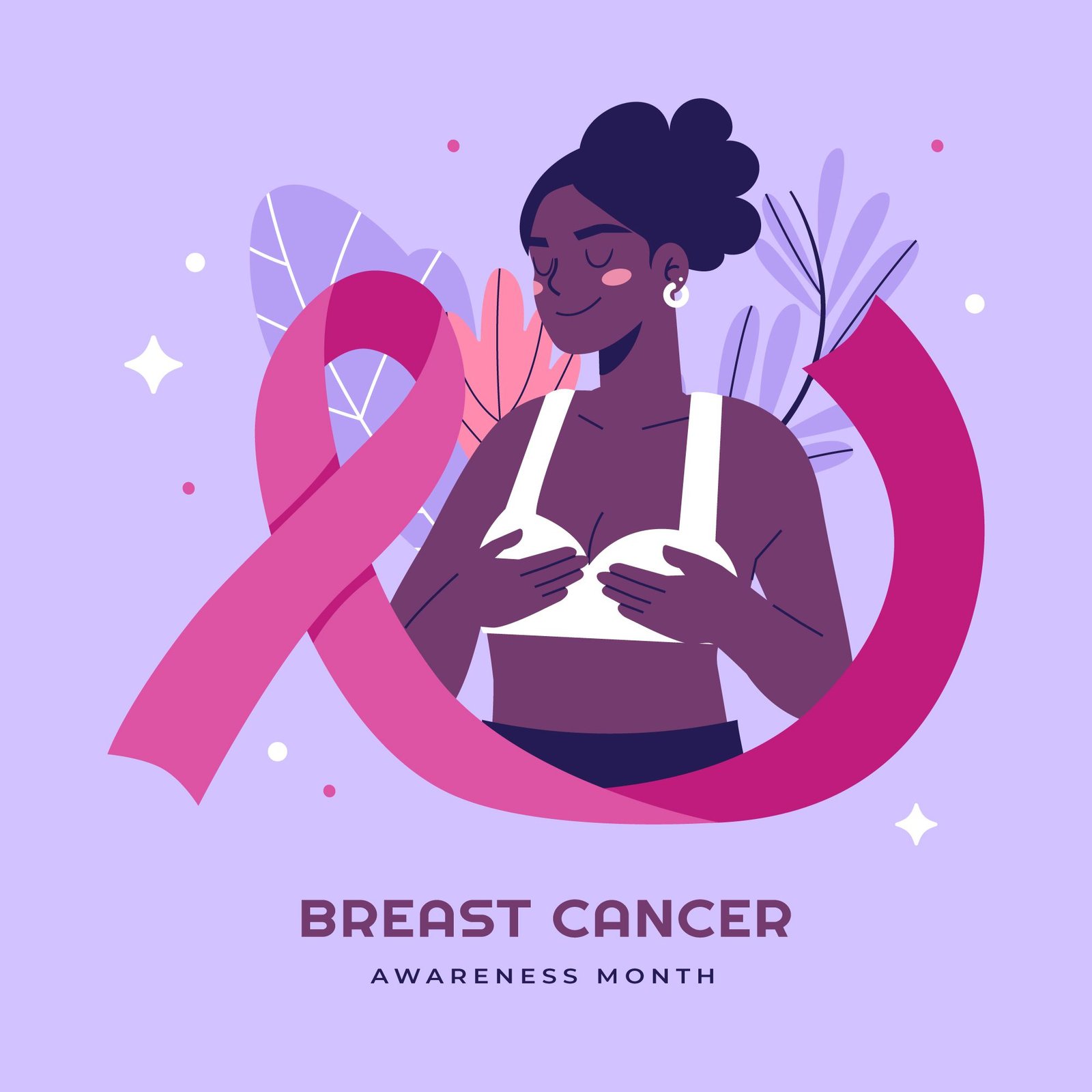What’s Your Tongue Trying to Tell You?”
I’ve seen a lot of wild diagnostics in my underground health travels—iris reading, pulse listening, even face mapping. But there’s one low-tech, high-reveal tool most of us carry around every

I’ve seen a lot of wild diagnostics in my underground health travels—iris reading, pulse listening, even face mapping. But there’s one low-tech, high-reveal tool most of us carry around every day, and we barely give it a second look.
Your tongue.
It’s not just for talking or tasting your third espresso shot. In ancient medical systems and modern functional medicine alike, the tongue is a mirror of your internal health—your gut, your hydration, your nutrient status, and more. From color to coating to cracks, your tongue might be dropping truth bombs about your body long before lab tests ever do.
So, if you’ve never examined your tongue in the mirror, now’s your moment. Let’s decode what that slab of muscle might be trying to tell you.
Tongue Diagnosis: A Global Tradition
Long before MRIs and microbiomes, traditional Chinese medicine (TCM) and Ayurveda were using tongue analysis as a frontline diagnostic tool. Why? Because the tongue is:
- Highly vascular
- Rich in nerve endings
- Connected to organs via energetic meridians (in Eastern medicine models)
- Easily observable
And unlike blood pressure or cholesterol, you don’t need equipment to check it.
Modern integrative and functional medicine practitioners are reviving this ancient tool—and combining it with gut health, oral microbiome data, and nutritional insights.
Common Tongue Clues and What They Might Mean
Here’s your mini crash course in tongue health reading. Grab a mirror. Open wide. Let’s go underground.
🔴 Red Tongue
A bright red tongue may indicate inflammation, nutrient deficiency (like vitamin B12 or folate), or overheating in TCM. Often seen in people with chronic stress, hormonal shifts, or overactive metabolisms.
❄️ Pale or White Tongue
Often a sign of anemia, low circulation, or cold deficiency (in TCM). Could also indicate low iron, hypothyroidism, or post-viral fatigue.
Thick White Coating
This can point to candida overgrowth, poor digestion, or sluggish elimination. A tongue with a heavy, pasty coat may signal an imbalanced gut microbiome.
Cracks or Fissures
Cracks down the center can reflect digestive issues, particularly related to the stomach and pancreas. Shallow cracks may appear with dehydration or long-term stress.
Greasy Yellow Coating
This is a major gut dysbiosis red flag. Could mean too much heat in the digestive tract, bile imbalance, or chronic inflammatory bowel conditions.
Spots or Sores
Canker sores or inflamed taste buds can indicate food sensitivities, oral allergies, or even early signs of viral infections. Persistent sores? Time to see a doctor.
Swollen or Puffy Tongue
A sign of fluid retention, often tied to low protein intake, hypothyroidism, or sluggish lymphatic function.
Scalloped Edges
When the tongue presses against the teeth, it leaves wavy marks. This can indicate qi deficiency (in TCM) or more practically, chronic jaw tension, sleep apnea, or poor absorption of nutrients.
The Gut-Tongue Connection
Here’s where it gets juicy. Your tongue is basically an extension of your gut health.
- Imbalances in oral bacteria often reflect gut dysbiosis.
- Coated tongues frequently accompany SIBO, leaky gut, or chronic constipation.
- Chronic halitosis? Could be your gut flora—not your toothpaste.
Many functional medicine practitioners now use tongue photos as part of diagnostic intake—right alongside stool tests and symptom charts.
Modern Tools Meet Ancient Wisdom
There’s now a quiet renaissance of tongue diagnostics in the digital health space:
- AI apps analyzing tongue images for signs of imbalance
- Biohacking influencers tracking tongue changes as a detox signal
- Naturopaths and wellness coaches adding tongue assessments to check-ins
- Functional dentists using tongue and oral signs to assess systemic inflammation
In short: tongue reading is going tech.
Read About: The Mouth’s Secret Universe: What the Salivary & Pharyngeal Microbiome Reveal About Health
Can You Fix What Your Tongue Reveals?
Yes—and no. Your tongue doesn’t lie, but it also doesn’t give the full picture in isolation. Still, it’s a fast, free way to stay in tune with your body.
What to do if your tongue’s throwing up red flags:
- Hydrate deeply and regularly
- Cut down sugar, especially if there’s a white coat
- Support gut health with probiotics, prebiotics, and fiber
- Replete nutrients like B12, folate, and iron if pale or cracked
- Avoid excess caffeine or alcohol if the tongue looks inflamed or red
- Get professional input for persistent sores, swelling, or sudden changes
When to Worry
If you see any of the following, don’t self-diagnose. Seek medical help:
- Unexplained sores lasting more than 2 weeks
- Sudden color changes or extreme swelling
- Difficulty moving your tongue or speaking
- Black or hairy-looking patches (yes, that’s a thing)
Your tongue can be a whisper—or a scream. Know the difference.
Read Your Body, Not Just Your Feed
In the wellness underground, we’re often looking for cutting-edge tools—wearables, panels, peptides. But sometimes, the most ancient indicators still hold the most potent truths.
So next time you brush your teeth, take a second. Stick out your tongue. What is it trying to tell you?
It might just say more than your smartwatch ever will.
Stay curious. Stay observant.
By Dawn of the Underground for Ravoke.com








